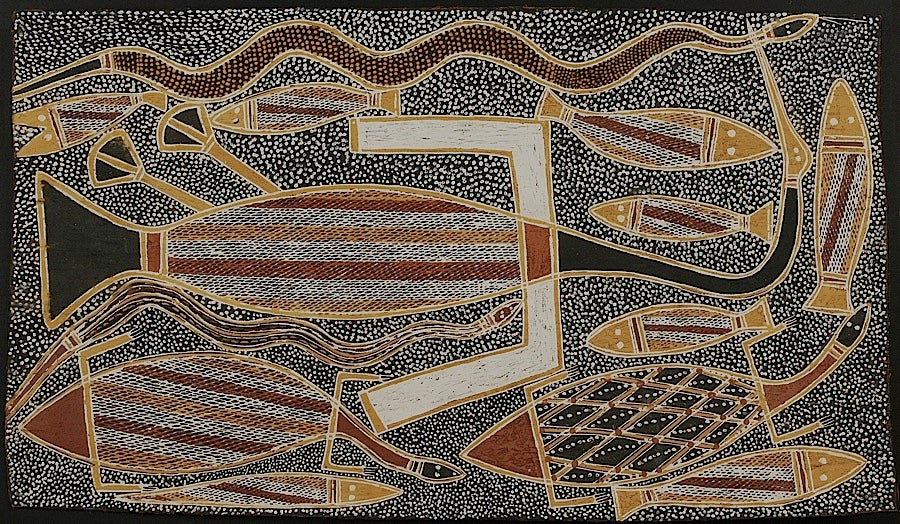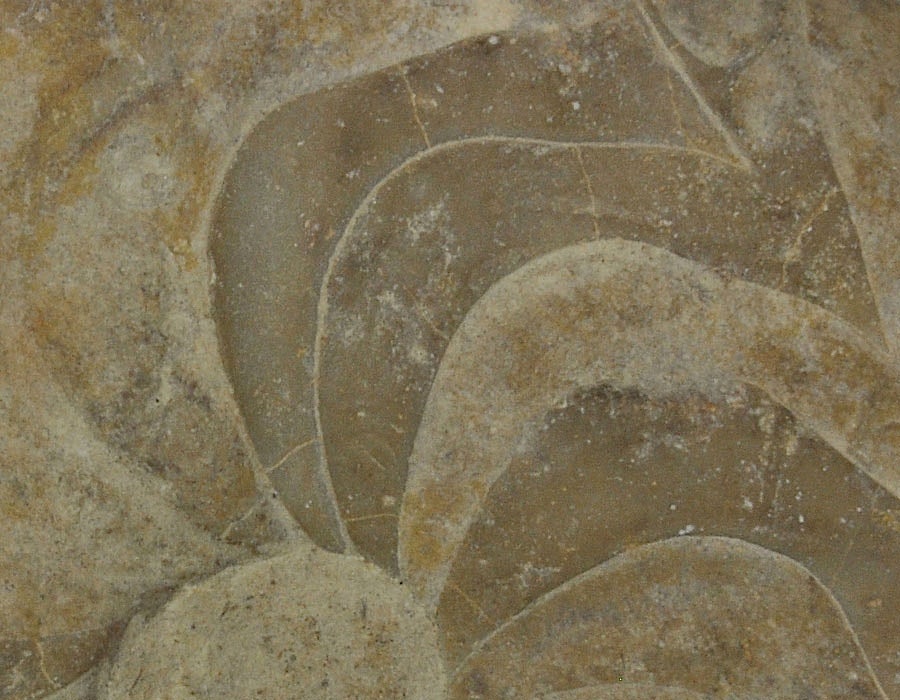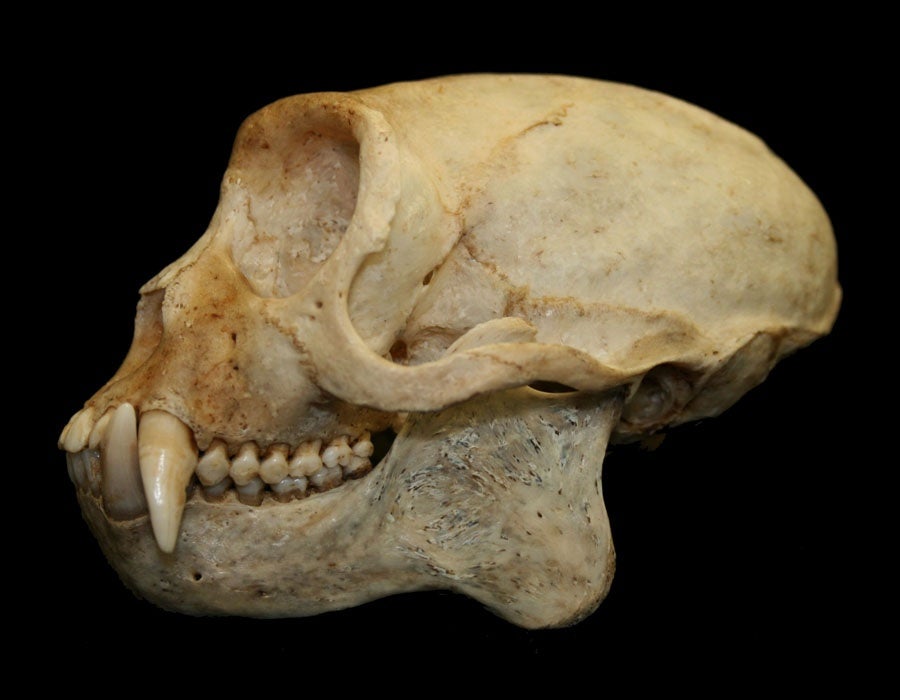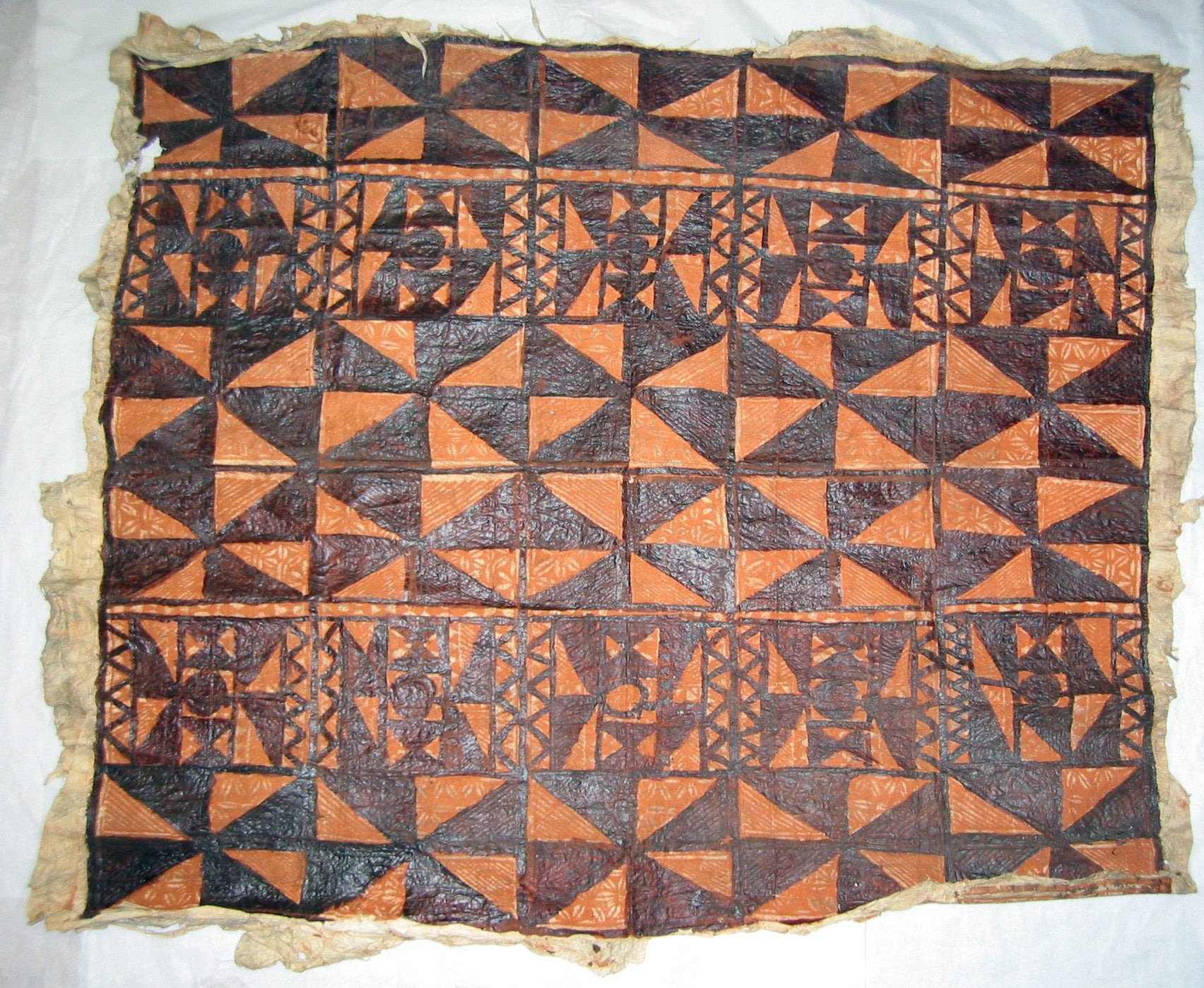The Chin Hills of southwestern Myanmar border India to the north and west and Bangladesh to the south. With altitudes of 5,000 to 8,000 feet, the region is rugged and remote. The Chin people are speakers of a Tibeto-Burman language. Their ancestors probably moved into the region from Southern China, though the timing and details are not clear. In the late 1880s, the British arrived in the Chin Hills and established a fort at Hakha. British colonial rule lasted until Burmese independence in 1948. The Chin are predominantly Christian as a result of late 19th and early 20th century missionary activities by the American Baptist Mission.
The objects and photographs shown here were donated to the museum by the family of Dr. Erik Hjalmar East. Born in Sweden in 1866, East joined his brother in Kansas City in 1885. After relocating to Portland, Oregon, he decided to become a Baptist missionary. He attended the Southern Baptist Theological Seminary in Louisville, Kentucky, then the University of Kentucky Medical School. Upon earning his MD in 1901, he became the first medical missionary at Fort Hakha.
In 1908, ill health forced East’s wife Emily and their three sons, born in Burma, to return to the U.S. In late 1910, heart problems led East himself to leave Burma for good, and he became a successful physician in Portland, Oregon. He died in 1939.
Dr. East, who published numerous medical journal articles on the causes of and cure for goiter, treated thousands of Chin patients over the years. The Baptists prohibited important Chin cultural practices, making their missionary efforts less well received, but Dr. East and his wife introduced Western-style education, contributing to literacy and helping to improve health and hygiene. The pair also designed and helped to build a twenty-bed hospital facility at Fort Hakha.
The items shown here are a sample from this important collection. They chronicle a time of profound cultural change at the turn of the twentieth century, when modern Myanmar was just beginning to westernize.
Research by Malinda Stafford Blustain with contributions by Alison Carter. Object photography by Steve Wilkinson. Images © UO Museum of Natural and Cultural History.
Further reading:
Vervest, Wim
2014 The Lost Dictionary: A History of the Chin People, the Newland Family and the American Baptist Chin Mission. Vivid Publishing, Fremantle, AU.
Strait, Chester U.
2014 The Chin People: A Selective History and Anthropology of the Chin People. Xlibris LLC, Bloomington, IN.
MNCH Image 12-1444
Dr. Erik Hjalmar East.
MNCH Image 12-1702
Emily East and the three sons born in Burma (from L to R, Allan Wallace, Kenneth Hjalmar, and Paul Warren). Three daughters were born in Portland, Oregon.
MNCH Image 12-1432
Hakha government station, early 1900s.
MNCH Image 12-1227
Baptism of the first seven Chin people on February 1, 1906.
MNCH Image 12-1234
First Christian Wedding, of Za Lian (groom) and Tlung Nuam (bride), May 23, 1910.
MNCH Image 12-1504
Dr. East examines a man with goiter.
MNCH Image 12-1459
Chin men and women assembled at a pond.
Man at lower left holds book, probably psalms or bible.
MNCH Image 12-1254
Chin man and woman in traditional dress.
MNCH Image 12-1243
Planting.
Crops were rice, corn, millet, beans, potatoes, and cucumbers.
Cat. #8-10
Hoe.
63 cm (handle), 23 cm (blade)
Cat. #8-1316
Cast metal figurines like this one were made in Burma during the early 20th century for the European and the United States tourist trade.
9.5 cm tall x 3 cm wide x 2 cm deep
Cat. #8-1316
View two.
Cast metal figurines like this one were made in Burma during the early 20th century for the European and the United States tourist trade.
9.5 cm tall x 3 cm wide x 2 cm deep
Cat. #8-1316
Hand-woven bag, similar to the one carried by the cast figurine shown separately.
29 cm wide x 19.5 cm tall (without handle)
MNCH Image 12-1455
Woman smoking water pipe. Nicotine-infused water from the reservoir was traditionally sipped (without swallowing) by men.
Cat. #8-94, top, and #8-93, bottom
Nicotine horns, made and used by Chin men for sipping nicotine water.
25.5 cm long x 4.5 cm max. diameter (8-94), 24 cm long x 5.5 cm max. diameter (8-93)
MNCH Image 12-1246
Woman with heavy brass hairpin.
Wealthy women wore large brass hairpins on festive occasions.
Cat. #8-72
Woman’s heavy brass hairpin (“hruk khual”).
20.5 cm long x 5.5 cm wide x 2 cm thick
L to R: Cat. #8-55 and #8-56
Brass spiral ornaments for women.
6 cm long x 7.5 cm diameter (8-55), 6 cm long x 7.5 cm diameter (8-56)
MNCH Image 12-1673
Woman with brass arm ornaments.
Cat. #8-54
Spinning wheel.
Silk or cotton was spun into fine yarn on a spinning wheel and then dyed with indigo (blue), turmeric (yellow), a mixture of the two (green), and dried berries (red).
36 cm tall x 36 cm wide
MNCH Image 12-1237
Woman with skein of dyed yarn and traditional water pipe.
MNCH Image 12-1665
Cloth was woven on a loom that controlled warp tension with a strap fastened around the weaver’s hips.
Cat. #8-40
Woman’s hand-woven blouse.
51 cm x 35 cm
MNCH Image 12-1716
Men with rifles.
A gun was an important male status symbol. Since few were available, men made their own by carving a wooden stock and rolling flattened corrugated roofing to form the barrel.
Cat. #8-29
Miniature flintlock rifle of native manufacture.
57 cm long x 6.5 cm wide x 4.5 cm thick
Cat. #8-32
Powder horn.
Made by Chin men for use with muzzle-loading firearms.
43 cm long x 7.5 cm max. diameter
Cat. #8-13
Bamboo pellet bow.
108 cm long x 2.3 cm wide x 1 cm thick
Cat. #8-14
Bow pellets and pellet container.
15 cm long x 10.5 cm high x 6 cm deep, cord ca. 60 cm long
MNCH Image 12-1595
Group of Chin men with rifles and shields.
Cat. #8-33
Hide shield.
These shields were believed to deflect bullets.
62 cm tall x 48 cm wide x 6 cm thick at center
Cat. #8-16
Sacrificial knife and woven bamboo sheath.
These distinct and costly knives were among items used by men in animal sacrifices.
39 cm long x 7 cm wide (sheath), 39 cm long x 7 cm wide (knife)
MNCH Image 12-1493
Rain coat and hat.
The layers of long, flat grass in the coat protect the wearer, yet permit great freedom of movement.
Cat. #8-95
Rain hat exterior.
This rain hat has woven bamboo top and bottom that “sandwich” broad leaf layers.
71 cm diameter x ca. 18 cm tall
Cat. #8-95
Rain hat interior.
This rain hat has woven bamboo top and bottom that “sandwich” broad leaf layers.
71 cm diameter x ca. 18 cm tall
























